One More Step to Go!
We have also sent a verification link to your email ID:
qabuyer@droom.in
Please verify your email account
The Tucson is not a new name to Hyundai’s India line-up. The model was first launched here in 2005, but was discontinued soon owing to paltry sales. Now, however, Hyundai’s brought back the Tucson name with an all-new model which slots in between the popular Creta and the brand’s flagship, the Santa Fe. Given the success that the brand has seen with the smaller Creta, Hyundai is confident about catering to the current SUV craze even better with the Tucson. But does it have the makings of another hot seller for Hyundai?
On the outside
Wearing the brand’s latest Fluidic Sculpture 2.0 design language, the Tucson looks a lot more like the bigger Santa Fe than the Creta. It’s got a large hexagonal grille up front that’s flanked by a set of swept-back headlights. Along the side, the window line rises towards the rear, and fully loaded variants get smart 18-inch wheels too. At the rear, there are sleek horizontal tail-lamps which are reminiscent of recent Hyundai models like the i20 and the Elantra.
Now, this model is a massive leap forward from the first Tucson that arrived here in terms of the technology it packs and the way it’s put together. Its body extensively makes use of high-strength steel which makes it stronger, safer and better to drive. The underpinnings can even support a four-wheel-drive system, but, to keep costs low, Hyundai has introduced the model in two-wheel drive versions only. However, for those looking for something more potent at dealing with the rough stuff, there’s good news, as AWD versions are likely to follow soon.
On the inside
The interior is more Creta than Santa Fe, which can be a bit of a letdown, considering the model’s price tag of ₹18.99-24.99 lakh (ex-showroom, Delhi).
That said, the interior is quite clean and functional. The dash has a two-tone, black-and-beige theme that works quite well, but plastic quality is just about average for a car in this segment. There’s a large 8.0-inch touchscreen that’s quite easy to use and what’s nice is that there are even dedicated buttons for some of the infotainment functions. This allows you to operate them while driving, without taking your eyes off the road. It even comes with an inbuilt navigation system which is also loaded with Apple CarPlay and Android Auto. The unit also packs de rigueur connectivity options like Bluetooth, Aux-in and a USB port (two ports would have surely been nicer).
The infotainment system is paired with an impressive six-speaker audio system that comes with a host of sound modes like Live, Lounge, Club and Natural; one would rarely need to upgrade the sound-system on this car.
All the controls and instrumentation are easy to read. The instrument binnacle is a twin-dial setup with a 4.2-inch colour screen for the trip computer display, and the air con controls sit below the infotainment screen. There’s plenty of storage space all around the cabin too. For the front passengers, there’s a big glove box on the passenger side, cubby holes ahead of the gear lever, and another storage compartment under the centre armrest. The top-spec diesel GLS variant gets a handy electric parking brake which frees up space on the floor console for an extra cubbyhole.
While the interior doesn’t impress immediately, once you’re sat in, you’ll find that the Tucson is a very comfy car. The steering, gear knob, and armrests (and seats on fully loaded models) are all wrapped in soft leather, the front seats are comfy and rather accommodating and even come with 10-way power-adjustable function. Some buyers may, however, miss the sunroof, which isn’t offered on any variant, at least for now. That said, the feature is likely to be made available on the upcoming AWD variants.
The rear seat is even more impressive. There’s ample legroom and you can even recline the seat by a fair amount, just that the low seating and the high window line take away from the sense of space at the rear. Thankfully, the use of light colours all over the cabin makes the cabin feel airy.
The Tucson is quite a practical car too. It’s got a 513-litre boot, plus, you can expand luggage space, thanks to the 60:40 split rear seat. What really makes loading luggage convenient is that there’s even an electric tailgate that pops open when you stand next to the boot lid with the keys on you.
Safety too has been taken care of, as all variants come with two airbags, ABS and EBD, a rear parking camera and rear parking sensors as standard. Furthermore, fully-loaded cars also get safety features like electronic stability control (ESC), hill start, brake assist along with downhill brake control and six airbags.
How is it to drive?
The Tucson comes with the same 1,999cc petrol engine as the Elantra, which can be had with a six-speed manual or a six-speed automatic gearbox. On the SUV, it makes 155hp, which is 3hp more than the sedan’s output, but the motor itself doesn’t impress like it does on the lighter sedan. In fact, performance is no match for its closest rival, the Honda CR-V.
That said, however, there’s enough power for everyday driving duties, and the automatics are particularly easy to drive. The engine is quite responsive, and the gearbox in Sport mode livens things up with quicker shifts too. But you do feel wanting for power when you push the car a bit, as performance isn’t effortless. Flat-out acceleration is decent at best, with the SUV dispatching the 0-100kph dash in 11.57sec.
The 185hp 2.0-litre diesel-powered Tucson is the one to go for if you like driving, and not to forget, it’s also the more fuel-efficient car here. With a 0-100kph time of a brisk 9.48sec, it’s clearly quicker than the petrol, and it’s got 400Nm of pulling power which is over twice of what the petrol engine generates. This translates to effortless overtaking at any speed, which makes the Tucson a superb highway cruiser. Also, the gearing is such that you don’t need to shift gears a lot to step up the pace.
The automatic gearbox is quite a smooth-shifting unit, but it does hesitate at times. It works pretty well in Sport mode when you are in the mood for some spirited driving. Having said that, paddle shifters for the gearbox would have surely made the drive more engaging.
Hyundai cars are generally not known for their ride and handling, but the way the Tucson drives is proof that the carmaker is making progress in this department. While it’s still not an out-an-out fun-to-drive car, the SUV is quite easy to drive, especially in the city. The steering is quite light, so you can manoeuvre within tight spaces effortlessly. It absorbs bumps and ruts quite well, and keeps passengers fairly isolated from road undulations. It’s even quite stable and planted at high speeds, which again makes it a good long-distance companion.
However, this is definitely not an SUV for hard off-roading, and that isn’t because of the lack of a 4x4 system. Rather, it’s due to the car’s hunkered-down stance and a protruding front end that you could easily ground over bumps on a dirt trail.
Is it frugal?
If mileage is what you are after, you probably wouldn’t even consider the petrol variants. The heavy SUV just delivers 7kpl and 11.8kpl in the city and on the highway respectively, while you can eke out a few more kilometres if you drive with a light right foot. The diesel returns a more reasonable 10.35kpl in the city and 12.7kpl on the highway.
Should you buy one?
The Tucson is a well-rounded urban SUV. It looks quite handsome, has more than adequate road presence, is spacious and practical, and like most Hyundais, comes loaded with equipment.
Its petrol versions are quite smooth, although these aren’t the most rewarding to drive, nor are they efficient. The punchy, yet frugal, diesel unit is the one you should get if you want a comfortable soft-roader, and soft-roader because this isn’t an SUV that’s comfortable off the tarmac.
When compared with its chief rival, the Honda CR-V, the Tucson seems reasonably priced, but is still quite expensive, especially with the fully-loaded diesel at ₹24.99 lakh which costs nearly as much as the Ford Endeavour. But the Tucson is more refined, and, thanks to its size, is easier to ride daily in city conditions. Hence, it makes for a better buy.
|
Ex-showroom (Delhi) |
₹21.79/24.99 lakh (ex-showroom, Delhi) |
|
|
Fuel |
Petrol/Diesel |
|
|
Power |
155hp at 6,200rpm, 185hp at 4,000rpm |
|
|
Torque |
192.2Nm at 4,000rpm, 400.1Nm at 1,750-2,750rpm |
|
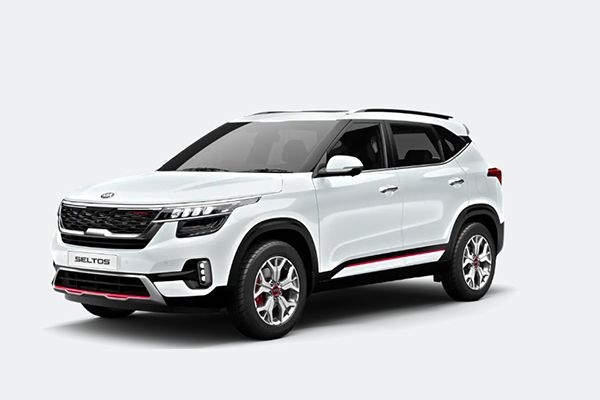
Kia recently unveiled the 2023 Seltos facelift in India, and the bookings for the updated model will start on July 14.
Read More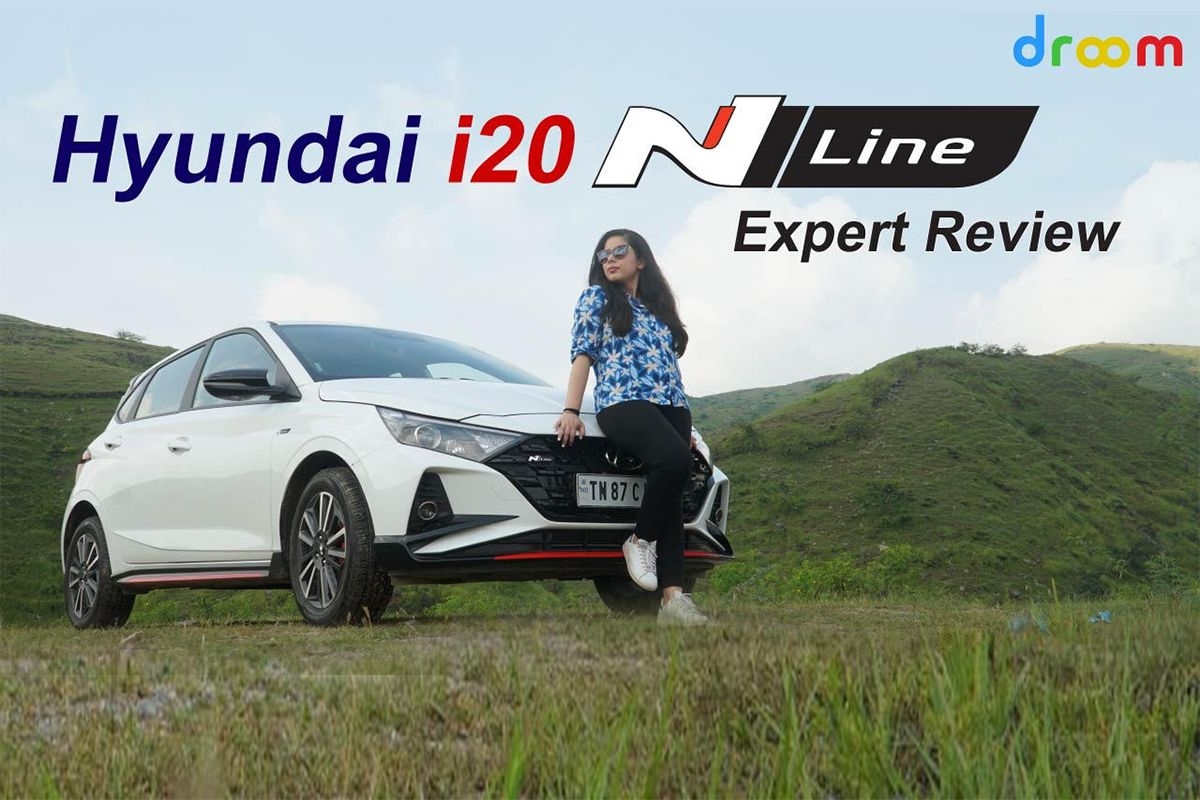
We drove the Hyundai i20 N Line recently to find out whether it really delivers a sporty experience?
Read More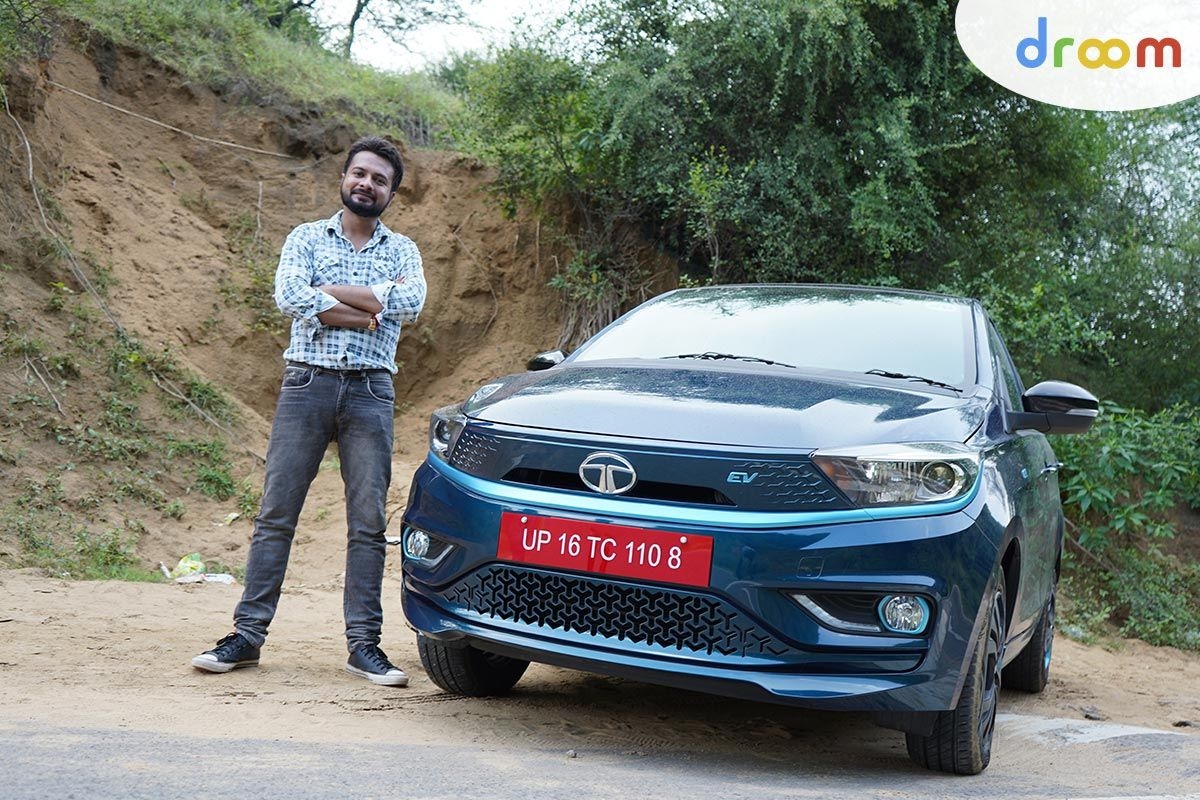
We recently took the Tigor EV out for a spin and we gathered interesting information about it
Read More
Introduced last year at the Delhi Auto Expo, Volkswagen Tiguan All-Space aims to offer more room and an additional row of seats. Can it manage to take away a few chunks from the full-grown SUV pie is what we are here to find?
Read More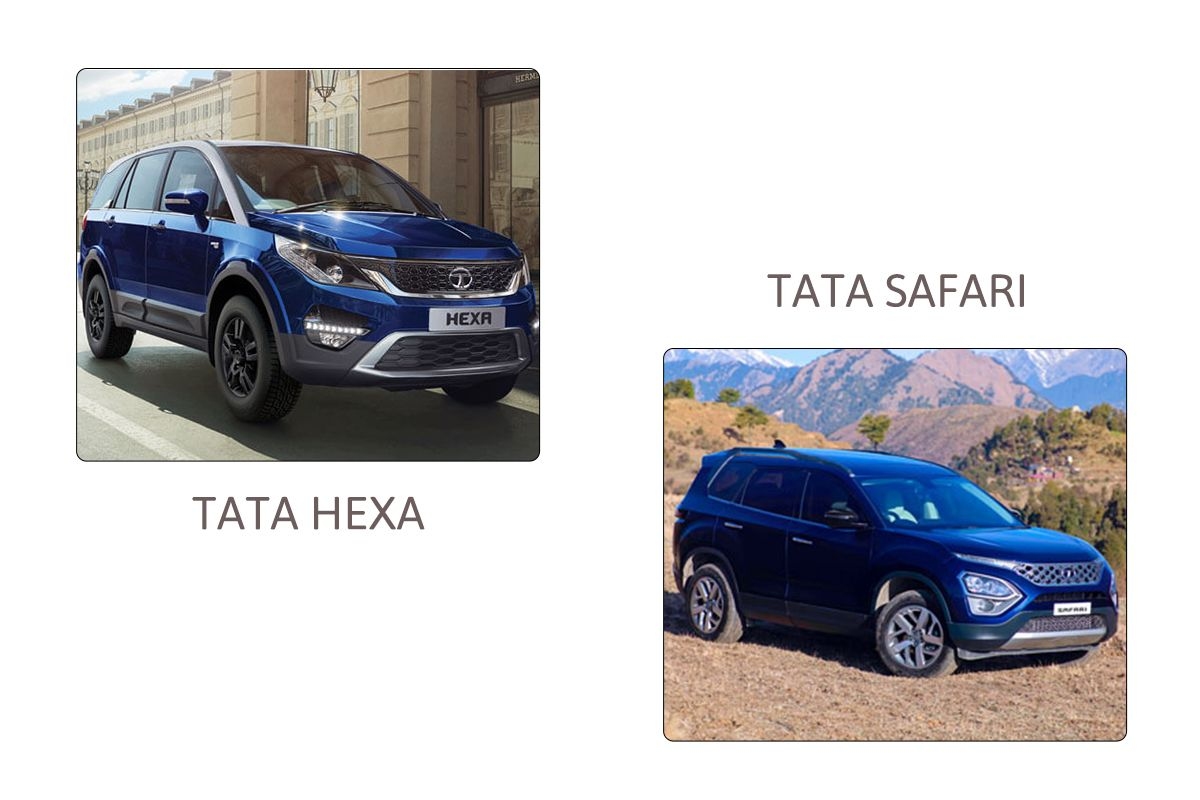
New Tata Safari or Used Tata Hexa: Price, Variants, Features & Engine Specifications
Read More
Toyota Kirloskar Motors last year entered the subcompact SUV space with the Urban Cruiser. What is this new model all about, let us find out?
Read More
Toyota Kirloskar Motors last year entered the subcompact SUV space with the Urban Cruiser. What is this new model all about, let us find out?
Read More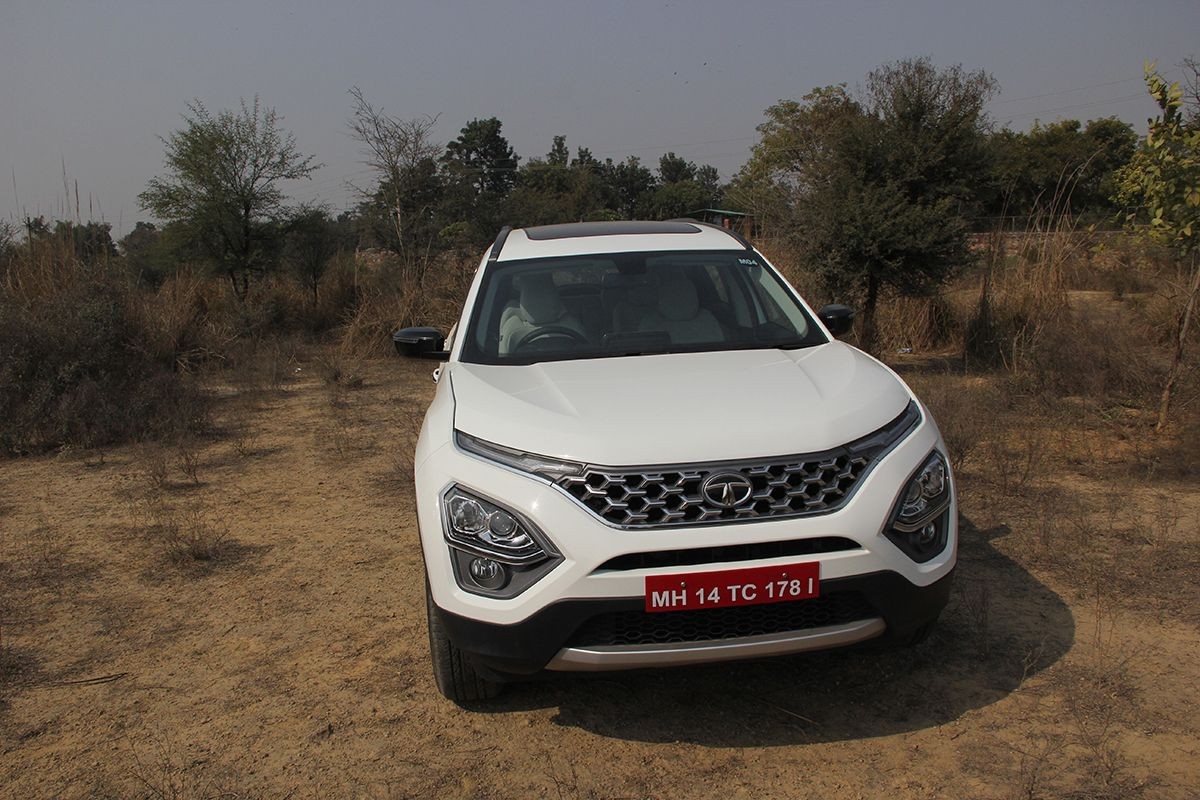
The Safari badge is back - can Tata Motors recreate history by bringing back the iconic SUV? Let us find out.
Read More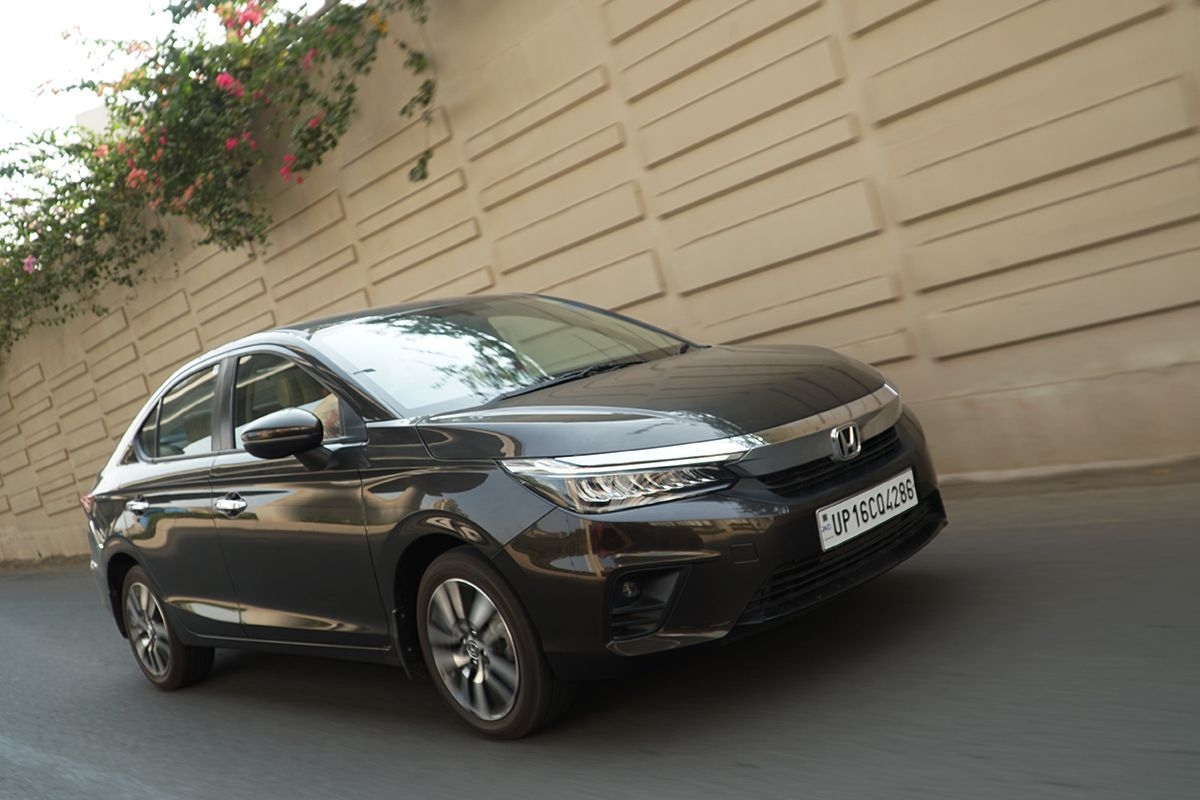
The Honda City, since its inception back in 1998, has enjoyed the popularity like no other mid-size sedan in its segment. With the introduction of the 5th Generation City, can Honda be able to set a higher benchmark for its most beloved sedan we try to find out.
Read More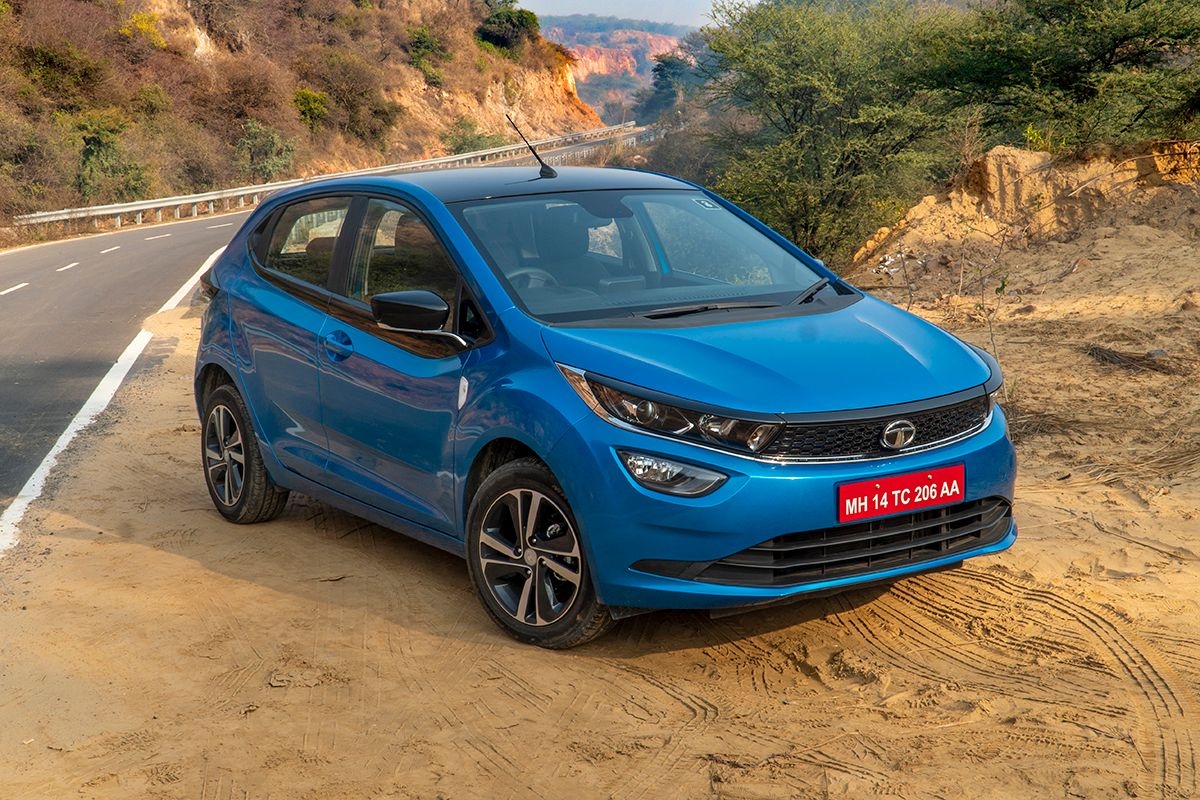
On the eve of its first Anniversary, Tata Motors has given the Altroz a boost in the form of a turbo charged petrol engine. We drive it to find out how much of a thrill does it provide against its rivals.
Read More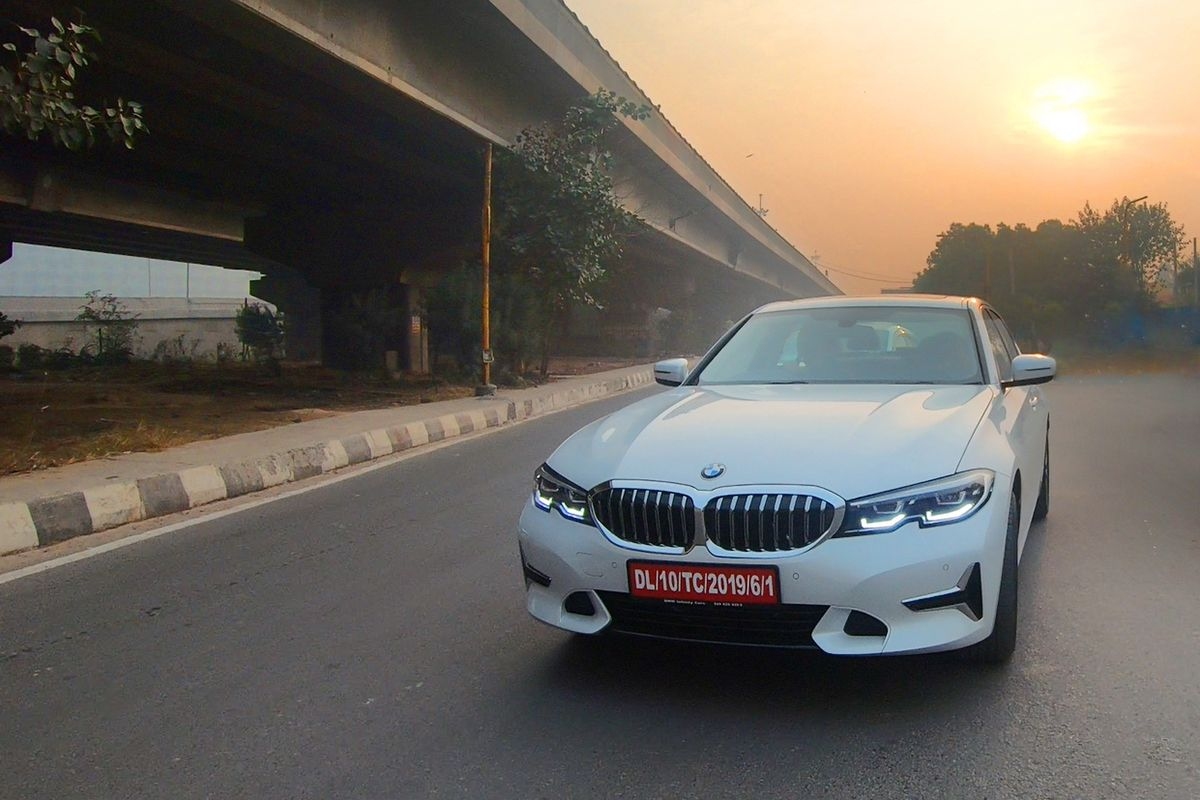
One of the best-selling models for BMW world over, the 3 Series will now offer customers that extra bit of comfort due to its extended wheelbase.
Read More
Jeep had launched the Compass way back in 2017. Since then it has been the best-selling model for the company in India. A couple of days back, Jeep India unveiled the facelifted version of Compass in the country. The SUV made its global debut in November last year.
Read More